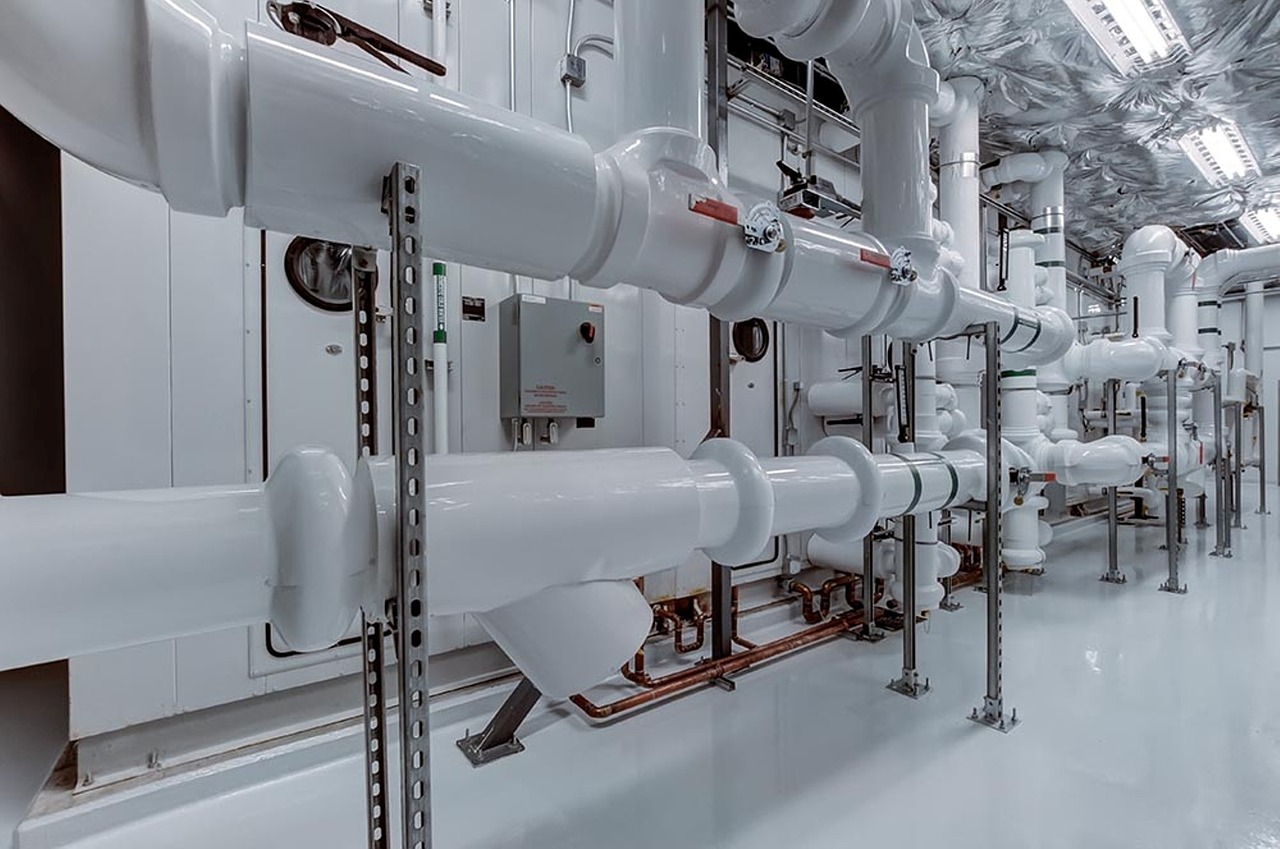Every automatic system needs maintenance from time to time. Otherwise, the system will encounter several damages that could cost money and effort. Water supply is an essential automatic system that needs high maintenance. The backflow prevention system secures the water from contamination. In addition, it helps keep the water supply pure and safe. However, backflow prevention maintenance is hard for residential and industrial facilities. But it needs regular care and error fixing. Pomplumbing.ca provides wonderful service for critical fixing of plumbing-related tasks like backflow preventer maintenance. However, here we are going to discuss backflow prevention in water supply for hygiene and safe water.
What actually is the backflow stand for?
Backflow is a reverse system that is necessary for water supply. It is related to the water distribution system. It could be the city water distribution or your home water distribution. Backflow is required to keep the supply of water. However, when the water is distributed from the supply point, it flows to the front side of the pipeline. But sometimes unwanted occurrences happen and the hydraulic condition of the pipeline can start reversing. The reversing of water is called backflow. In fact, backflow is very dangerous and responsible for water contamination. So, it needs regular taking care otherwise backflow could contaminate the water of your house or the entire city.
The possible reason for backflow
Nowadays water supply systems use lots of pressure for perfect and continuous flow. It ensures the continuous water flow to the endpoint means customer point. But if the water line experienced any damage like the road bursts or water flashing or firefighting. The hydraulic pressure will rush back the water to the point to perform a vacuum effect.
The entire process will make a backflow to the main point. On the other hand, the water could possibly get contaminated. However, there are several reasons for backflow.
- Firefighting
- Road bursts
- Water flashing
- Waterline break
- Broken sewer line
Backflow prevention tips and best practices
There are five main and popular ways to prevent backflow. Let’s dive deep to know the backflow prevention.
Reduced Pressure Zone Assembly: It is one of the most complex backflow prevention methods. It is also called RPZ. The RPZ method has two independent check valves. Those two valves are protected by an intermediate relief valve.
If the two valves somehow don’t work, the intermediate valve will release the pressure. On the other hand, the release valve also informs the current situation of the backflow.
That means, if there is any water coming out from the valve, you have to go for another backflow prevention method. In addition, if the valve does not spit any water that means RPZ works perfectly.
You can install RPZ in two areas. One is a mechanical room and the other is through the RPZ enclosure. That is up to you where you get comfortable by installing an RPZ backflow preventer.
Barometric Loop: This is the easiest non-mechanical backflow preventer. The barometric loop mainly works for stopping the water pump. Basically, it is a 35 ft pipe that is used to normalize the extra backflow pressure from the main service pipeline.
That means when the main pipeline encounters any backflow the pipe connects with the main pipe. Then the barometric loop sucks out the pressure and prevents backflow.
Vacuum Breaker Assembly: VBA is really simple for operating. This preventer is also the easiest of the other mechanical preventers though. However, it has a ventilation aperture and an adjustable disk. When any backflow happens to the pipeline, the disk and aperture provide enough air to stop the backflow pump.
The only limitation of this method is it can’t provide protection against backpressure. It is only suitable for back-siphonage. In fact, vacuum breaker backflow preventer installation is easier than other mechanical methods.
This method works perfectly if the water supply uses PVC pipes. On the other hand, the vacuum breaker backflow preventer method works really great for mini-projects like home water supply.
DCVA: The full form of DCVA is Double Check Valve Assembly. That method is widely used in residential and industrial backflow prevention. It needs lots of effort to operate in the first place though. But that is most common among the backflow prevention methods.
This method has the ability to perform protection from backpressure and backsiphonage. It has independent check valves and four test cocks. Those cocks help the operator to measure the pressure of check valves.
DCVA-IAV: This is a compact version of DCVA. The full form of DCVA-IAV is Double Check Valve Assembly with Intermediate Atmospheric Vent. This backflow preventer is designed for limited space. It has a vent that allows air entering into the chamber to create a water flow break.
DCVA-IAV has two valves and one vent with an air brake chamber. The vent is situated between the two valves so that during backflow one valve can stop the water flow and the other valve will help the vent adjust air with the atmosphere.
Bottom line
Above mentioned methods are widely used for backflow prevention. Which one will work for you depends on the infrastructure of your water supply. In that case, consider using a non-mechanical method or mechanical method that works best for you.

